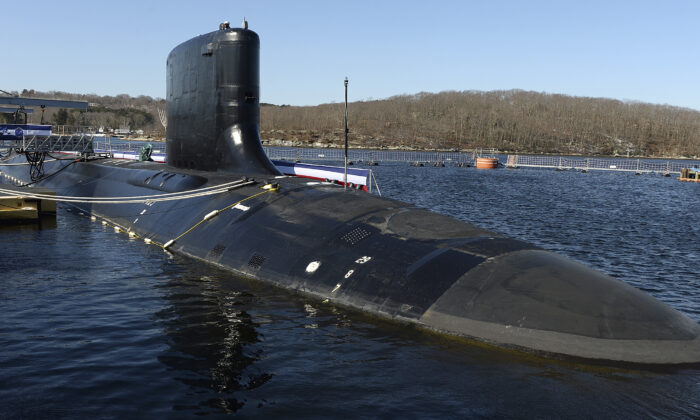The chairman of the House Defense Appropriations Subcommittee, Rep. Ken Calvert (R-Calif.), recently disclosed that the Virginia-class submarine program is facing significant challenges. It is projected to exceed its budget by $17 billion by 2030 and is currently two to three years behind schedule. Despite the Navy being aware of these issues for at least 18 months, they only informed Congress in early September.
This news is troubling as submarines are crucial for engaging with peer competitors like China and Russia. Rep. Calvert expressed his concerns about the situation, highlighting various problems in the shipbuilding program, including design issues, workforce challenges, and cost overruns.
The Virginia-class submarine program is experiencing significant cost growth, with the projected program cost increasing from $184 billion to $201 billion. Calvert also mentioned that other Navy programs are also facing crises.
Moreover, the Virginia program is causing a crisis due to the retirement of older Los Angeles-class submarines. The Congressional Research Service report from June 2023 indicated a decline in the submarine force, and with the current state of the Virginia program, the number of attack submarines may drop below the projected levels by 2030.
China’s aggressive submarine building program poses a challenge, with projections indicating they will surpass the United States in the number of attack submarines. The U.S. Navy’s limited shipbuilding capacity, coupled with a lack of competition and accountability, has led to significant price increases for nuclear attack submarines.
The Block V Virginia-class submarine costs have also escalated, with each boat now priced at $4.8 billion. The Navy’s request for $11.35 billion to procure two Virginia-class subs further highlights the cost challenges faced by the program.
Efforts to enhance submarine production rates, such as building a new shipyard in Alabama, are underway. However, the Navy’s failure to disclose the true extent of the Virginia program’s issues to Congress has raised concerns about transparency and accountability in defense procurement.
It is crucial to note that the current Navy strategy seems to allow China to outpace the United States in terms of submarine capabilities.
Due to the limited number of shipyards capable of constructing our expensive nuclear submarines, it may be beneficial for the Navy to consider building more cost-effective diesel-electric submarines to enhance American submarine strength.
Nevertheless, incorporating conventional submarines into the fleet will not address the underlying issues that result in diminishing returns on investment annually. To prevent the U.S. Navy from falling behind China’s naval forces, Congress must prioritize significant defense reforms and initiatives to revitalize both civilian and military shipbuilding capacities in alignment with the nation’s status as a maritime superpower.
The opinions presented in this article are solely those of the author and may not reflect the views of The Epoch Times.





